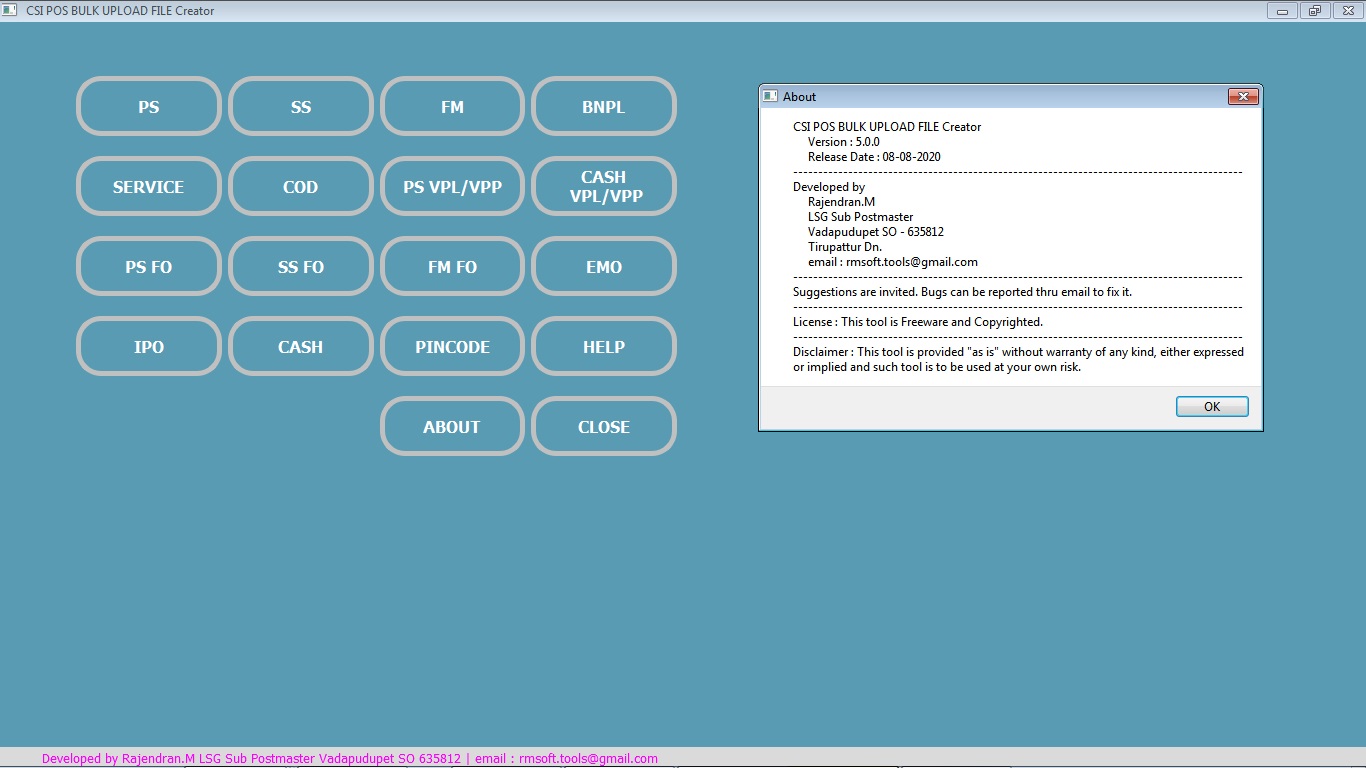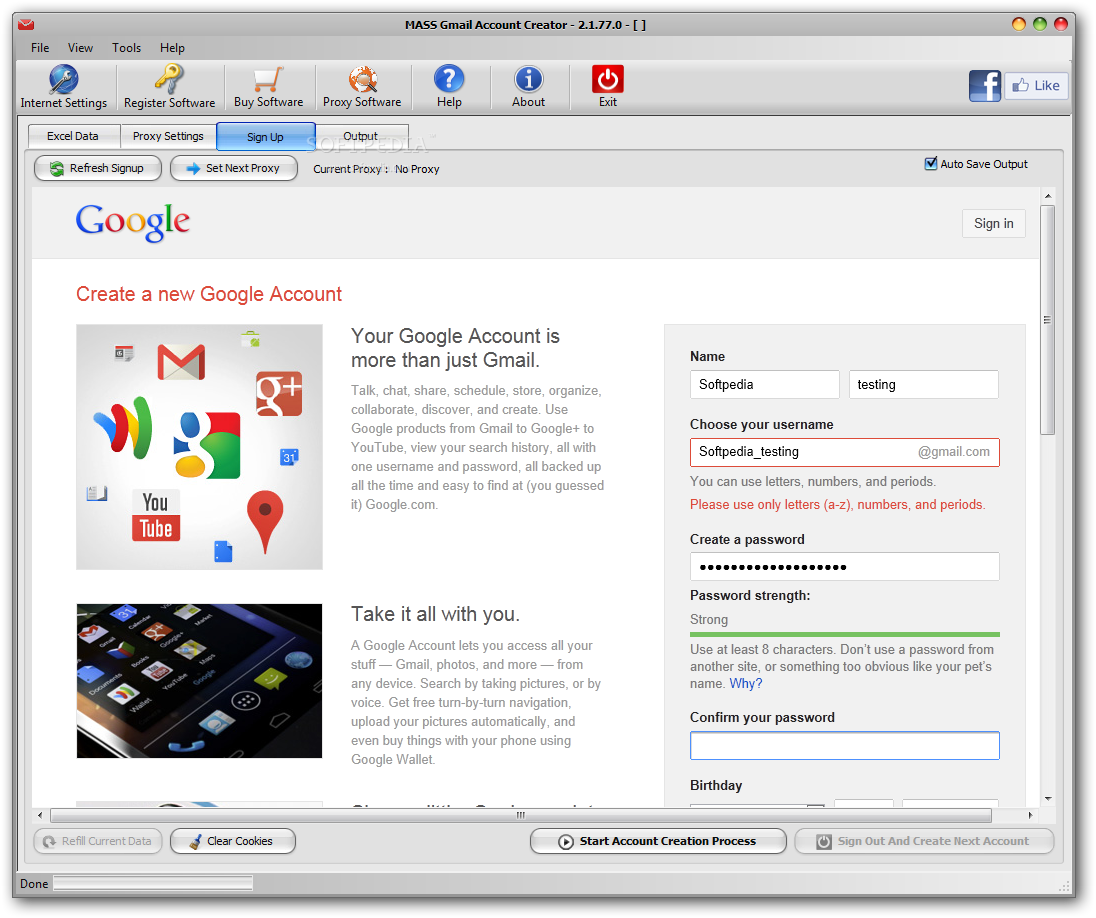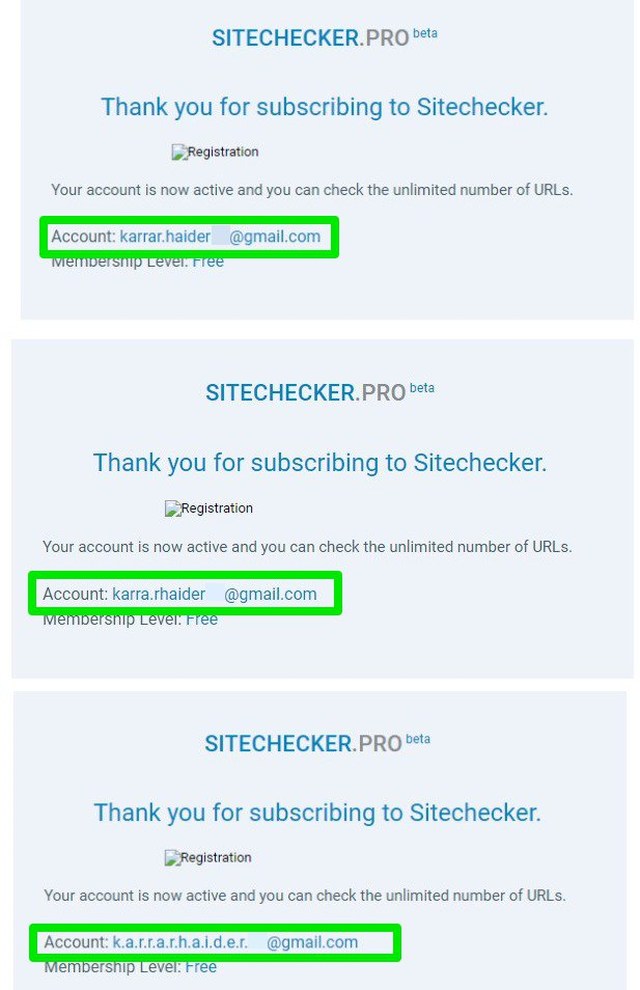Global HTTP Batch Endpoints (www.googleapis.com/batch) will cease towork on August 12, 2020 as announced on the GoogleDevelopers blog. For instructions on transitioning services to useAPI-specific HTTP Batch Endpoints(www.googleapis.com/batch/api/version), refer to the blog post.
This documentshows how to batch API calls together to reduce the number of HTTP connections your client has tomake.
Note: The batch system for the Gmail API uses the same syntax as the OData batch processing system, but the semantics differ. Batch details A batch request consists of multiple API calls combined into one HTTP request, which can be sent to the batchPath specified in the API discovery document. How to Create Multiple Gmail Accounts 2019 – Electronic mail or email is a technology that has helped people conducting their personal and professional affairs. It enables people to contact others directly, quickly, and cheaply.
This document is specifically about making a batch request by sending anHTTP request. If, instead, you're using a Google client library to make a batch request, see the client library's documentation.
Step 1 Click your profile photo on the Gmail webpage if you are already signed in to your account and select 'Sign out' to return to the log in page. Step 2 Click the 'Create An Account' button. Create an Email list in Gmail. As all your Gmail contacts are managed in the Google Contacts app, email list must be created inside the Google Contacts app as well. But before you continue, make sure that the required emails are already added in your Google contacts. You can check out our article on how to add a contact in Gmail to learn how to.
Overview
Each HTTP connection that your client makes results in a certain amount of overhead. The Gmail API supports batching, to allow your client to put several API calls into a single HTTP request.
Examples of situations when you might want to use batching:
- You've just started using the API and you have a lot of data to upload.
- A user made changes to data while your application was offline (disconnected from the Internet), so your application needs to synchronize its local data with the server by sending a lot of updates and deletes.
In each case, instead of sending each call separately, you can group them together into a single HTTP request. All the inner requests must go to the same Google API.
You're limited to 100 calls in a single batch request. If you need to make more calls than that, use multiple batch requests.
Note: The batch system for the Gmail API uses the same syntax as the OData batch processing system, but the semantics differ.
Batch details
A batch request consists of multiple API calls combined into one HTTP request, which can be sent to the batchPath specified in the API discovery document. The default path is /batch/api_name/api_version. This section describes the batch syntax in detail; later, there's an example.
Note: A set of n requests batched together counts toward your usage limit as n requests, not as one request. The batch request is taken apart into a set of requests before processing.



Format of a batch request
A batch request is a single standard HTTP request containing multiple Gmail API calls, using the multipart/mixed content type. Within that main HTTP request, each of the parts contains a nested HTTP request.
Each part begins with its own Content-Type: application/http HTTP header. It can also have an optional Content-ID header. However, the part headers are just there to mark the beginning of the part; they're separate from the nested request. After the server unwraps the batch request into separate requests, the part headers are ignored.


The body of each part is itself a complete HTTP request, with its own verb, URL, headers, and body. The HTTP request must only contain the path portion of the URL; full URLs are not allowed in batch requests.
The HTTP headers for the outer batch request, except for the Content- headers such as Content-Type, apply to every request in the batch. If you specify a given HTTP header in both the outer request and an individual call, then the individual call header's value overrides the outer batch request header's value. The headers for an individual call apply only to that call.
For example, if you provide an Authorization header for a specific call, then that header applies only to that call. If you provide an Authorization header for the outer request, then that header applies to all of the individual calls unless they override it with Authorization headers of their own.
When the server receives the batched request, it applies the outer request's query parameters and headers (as appropriate) to each part, and then treats each part as if it were a separate HTTP request.
Response to a batch request
The server's response is a single standard HTTP response with a multipart/mixed content type; each part is the response to one of the requests in the batched request, in the same order as the requests.
New Gmail Account
Like the parts in the request, each response part contains a complete HTTP response, including a status code, headers, and body. And like the parts in the request, each response part is preceded by a Content-Type header that marks the beginning of the part.
If a given part of the request had a Content-ID header, then the corresponding part of the response has a matching Content-ID header, with the original value preceded by the string response-, as shown in the following example.
Note: The server may perform your calls in any order. Don't count on their being executed in the order in which you specified them. If you want to ensure that two calls occur in a given order, you can't send them in a single request; instead, send the first one by itself, then wait for the response to the first one before sending the second one.
Example
The following example shows the use of batching with a generic (fictional) demo API called the Farm API. However, the same concepts apply to the Gmail API.
Example batch request
Example batch response
Bulk Gmail Account Creator
This is the response to the example request in the previous section.